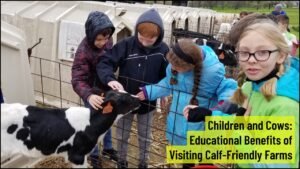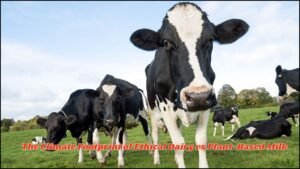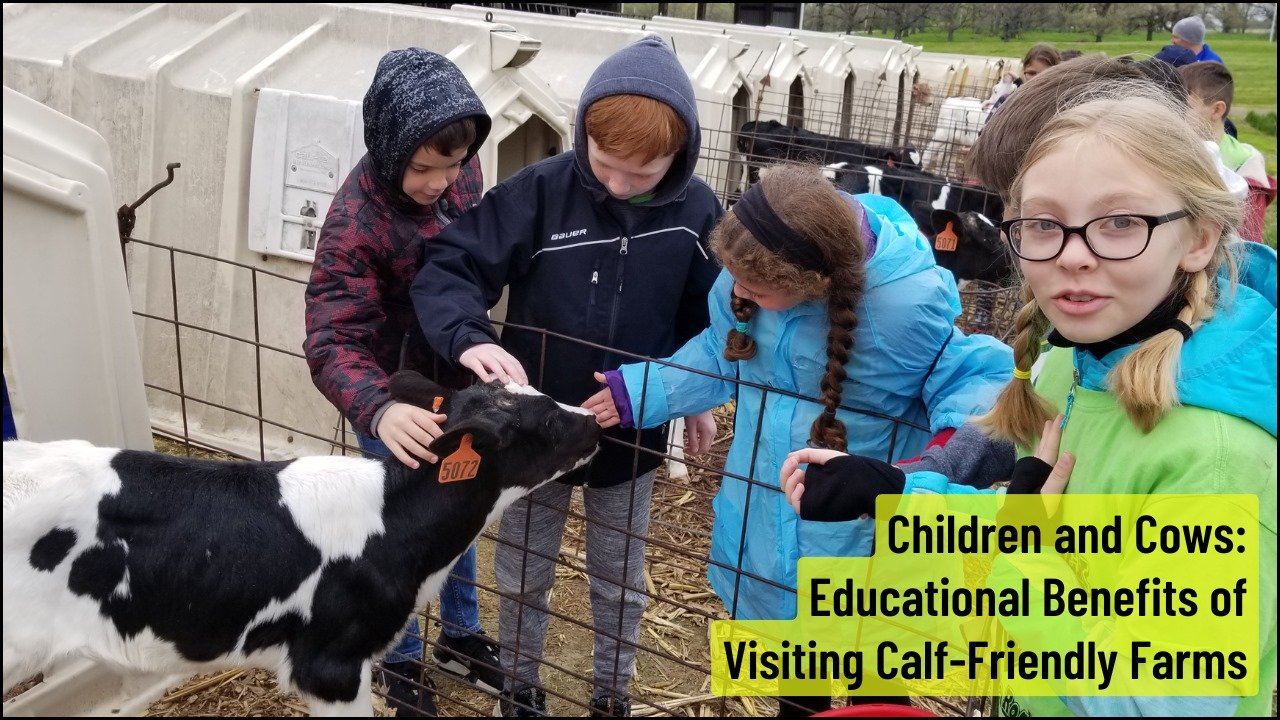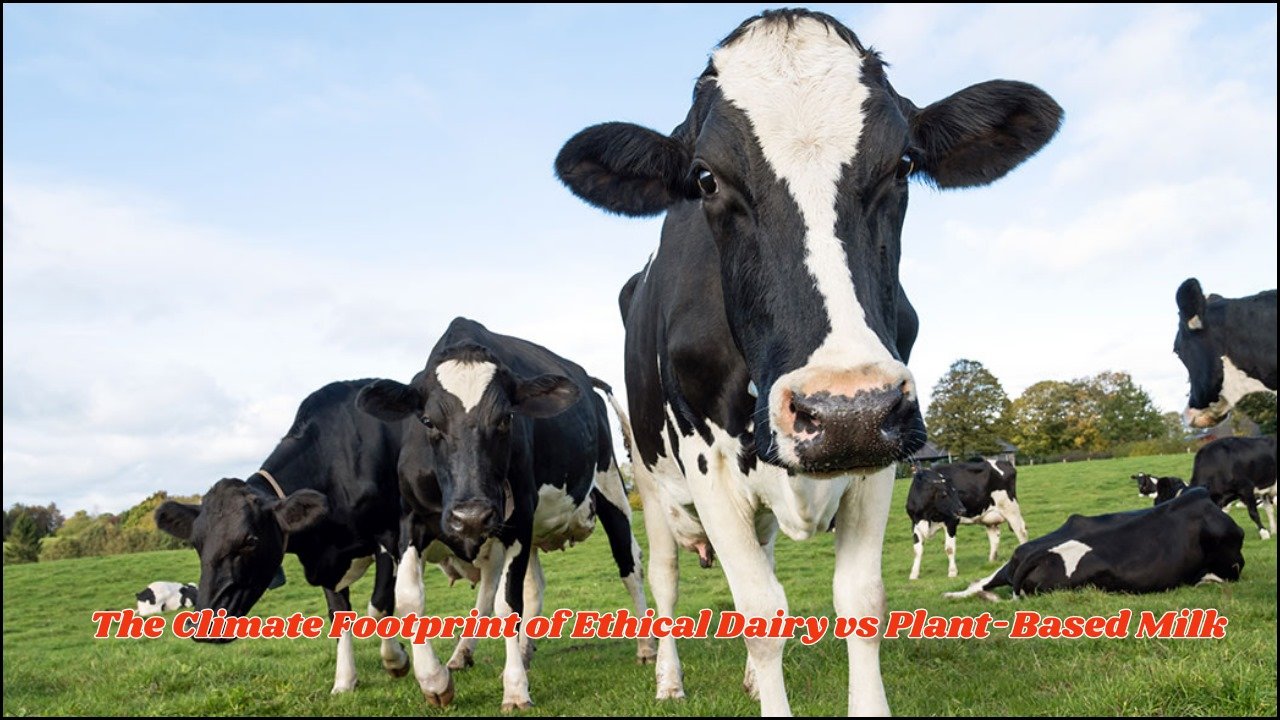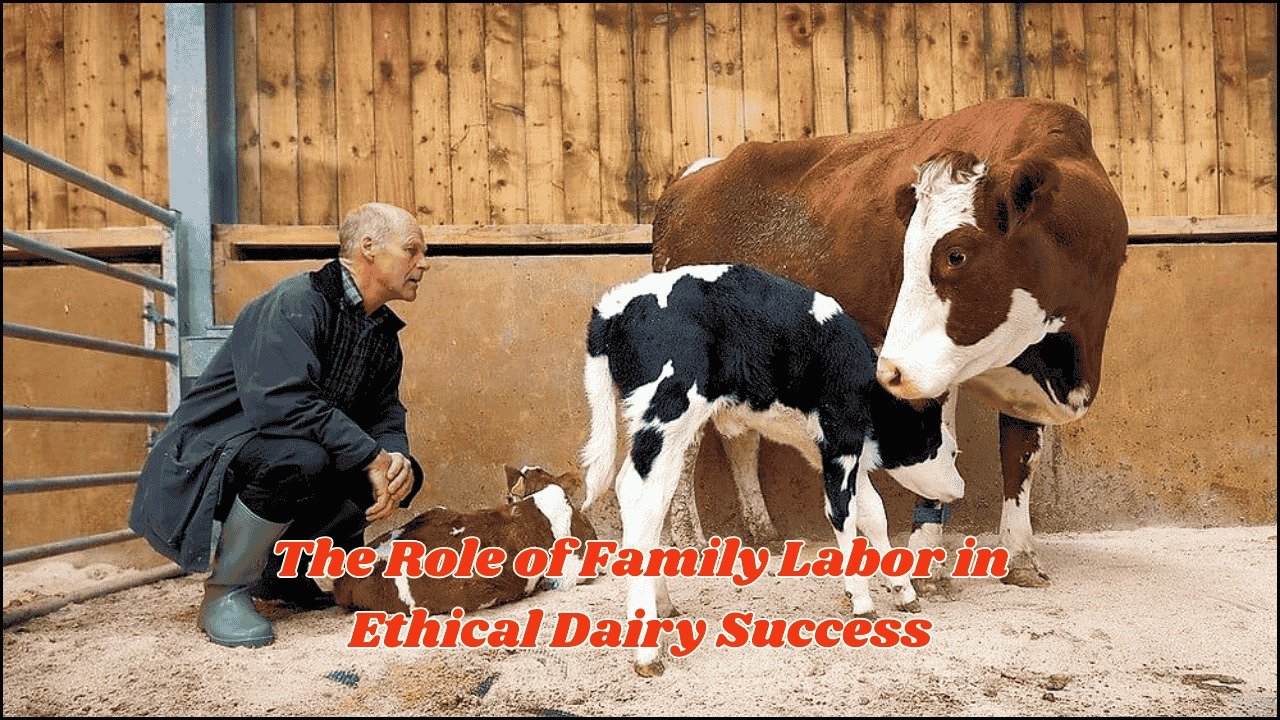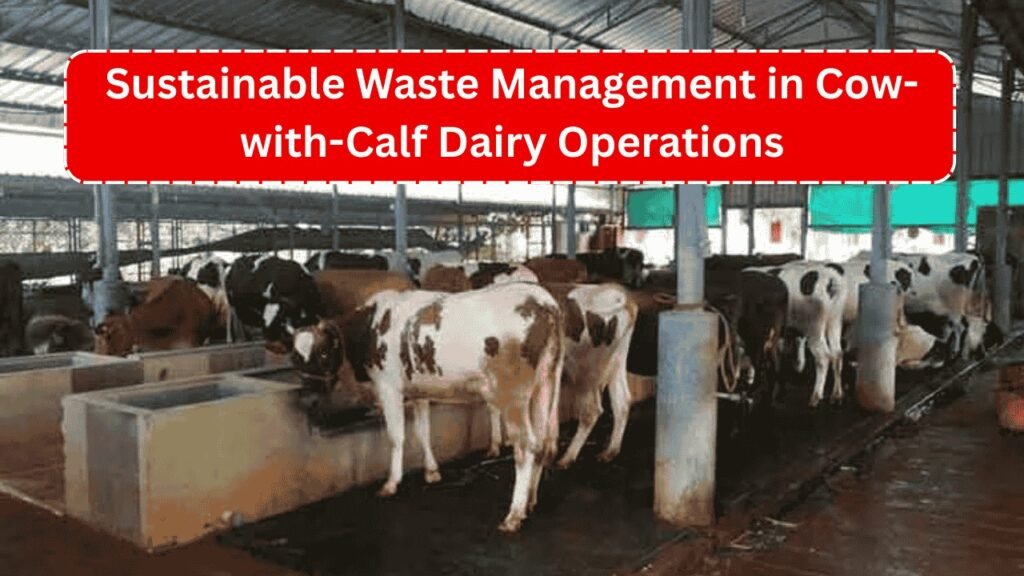
Cow-with-calf dairy operations focus on keeping calves with their mothers for an extended period, prioritizing animal welfare and natural rearing. However, these systems still generate large volumes of manure and organic waste that must be managed sustainably. Proper waste management is essential not only to maintain hygiene and herd health but also to minimize environmental impact and create potential revenue streams.
By adopting sustainable waste practices, dairy farmers can turn a potential problem into an asset—producing renewable energy, high-quality compost, and nutrient-rich soil amendments, all while reducing greenhouse gas emissions.
Table of Contents
Overview
| Waste Management Method | Key Benefits | Challenges | Best Fit For |
|---|---|---|---|
| Anaerobic Digestion | Produces renewable energy, reduces methane emissions, creates digestate fertilizer | High upfront cost, requires technical know-how | Medium to large farms, co-ops |
| Composting | Improves soil, reduces odors, kills pathogens | Needs space and time to mature | Small to medium farms |
| Direct Land Application | Low cost, immediate nutrient recycling | Risk of runoff if poorly managed | Farms with sufficient pasture |
The Importance of Waste Management in Dairy Farming
Manure contains valuable nutrients like nitrogen, phosphorus, and potassium, but if poorly managed, it can lead to water contamination, air pollution, and greenhouse gas emissions. In cow-with-calf systems, where cows and calves may spend more time together in barns or paddocks, waste volumes in certain areas can be higher, requiring effective collection and treatment.
Sustainable waste management ensures:
- Better herd health through cleaner living spaces
- Reduced environmental footprint
- Opportunities for renewable energy production and soil enrichment
Turning Waste into Renewable Energy
One of the most impactful solutions is anaerobic digestion. In this process, manure is stored in oxygen-free tanks where bacteria break it down, producing biogas—a mixture of methane and carbon dioxide. The methane can be captured and used to generate electricity or heat, while the remaining digestate can be used as fertilizer.
For small to medium-sized cow-with-calf farms:
- Modular digesters offer a cost-effective entry point
- Biogas can power farm equipment or be sold to the grid
- Reduced methane emissions help meet climate goals
Composting for Soil Enrichment
Composting manure and bedding materials creates a stable, nutrient-rich product that can be spread on fields or sold to gardeners. In cow-with-calf operations, bedding material may include straw or sawdust, which combines well with manure for effective composting.
Benefits include:
- Improved soil fertility and structure
- Reduction in chemical fertilizer costs
- Pathogen and weed seed destruction during the composting process
Small farms can implement windrow composting—piling manure into rows and turning it periodically—or static pile systems that require minimal labor.
Direct Land Application
In regions with enough farmland, untreated manure can be spread directly onto fields as organic fertilizer. However, to avoid nutrient runoff and pollution:
- Apply only in dry conditions
- Follow nutrient management plans
- Avoid over-application to prevent soil nutrient imbalances
Cow-with-calf systems can particularly benefit from pasture-based nutrient cycling, where manure deposited directly on grasslands enriches the soil without collection costs.
Integrating Sustainability into Cow-with-Calf Systems
To maximize benefits, waste management should be part of the overall farm plan. For example:
- Pasture rotation reduces manure buildup in any single area
- Calf-friendly barn designs make waste collection easier
- Cooperative investment in shared biogas facilities lowers costs for smaller farms
Combining multiple methods—such as composting solids and using liquids in anaerobic digesters—can create a closed-loop system where nothing goes to waste.
FAQs
1. Is biogas production viable for small cow-with-calf farms?
A = Yes, especially if farms join cooperatives or use modular anaerobic digesters that require lower upfront investment.
2. Does composting manure reduce greenhouse gas emissions?
A = Yes, composting stabilizes organic matter, reducing methane emissions compared to raw manure storage.
3. How can I prevent nutrient runoff when applying manure to fields?
A = Follow nutrient management guidelines, apply in dry weather, and avoid spreading near water sources.

